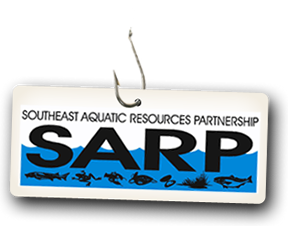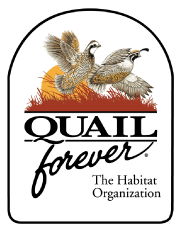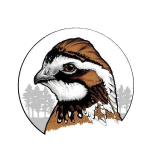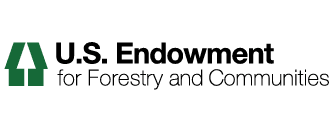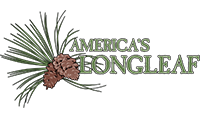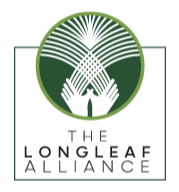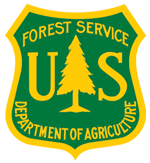Projects RSS
by
Web Editor
—
last modified
Jul 03, 2013 03:21 PM
- Final Report: A Stream Classification for the Appalachian LCC — by Tracy Clark — last modified Jul 22, 2025 06:31 PM
- A classification system and map was developed for stream and river systems in the Appalachian LCC region, encompassing parts of 17 states. The product is intended to complement state-based stream classifications by unifying them into a single consistent system that represents the region’s natural flowing aquatic habitats. The results can be used to understand ecological flow relationships and inform conservation planning for aquatic biodiversity in the region.
- Video Update: Aquatic Ecological Flows Research — by Matthew Cimitile — last modified Jul 22, 2025 06:27 PM
- This presentation from Dr. Todd Walter of Cornell University provides an update to the Steering Committee on this Appalachian LCC funded research project. The Aquatic Ecological Flows project is providing a report assessing availability of hydrologic and ecological flow model(s) suitable for the region, an assessment of available ecological data to inform the ecological flow model(s), the application of the model(s) to anticipate how changes in stream flow will affect environmental conditions, and a report that forecasts changes in hydrology and associated biological responses to critical watersheds from different water resource development scenarios.
- Final Report: Environmental Flow Analysis for the Marcellus Shale Region — by Brian Buchanan, Ryan McManamay, Dan Auerbach, Daniel Fuka, M.T. Walter — last modified Jul 22, 2025 06:25 PM
- Classification and Mapping of Cave and Karst Resources — by Matthew Cimitile — last modified Jul 22, 2025 05:48 PM
- It has been recognized by the Appalachian LCC partnership that to develop and deliver landscape-level planning tools, it is essential to develop an Appalachian-wide map depicting where cave and karst habitats and resources occur across the landscape. For the past 18 months, researchers for the Appalachian LCC funded “Classification and Georeferencing Cave/Karst Resources across the Appalachian LCC” project have been gathering and analyzing data on caves and karst region wide. This work has produced a series of deliverables, including narratives, data tables, geospatial information layers, and a variety of maps. The maps and files provide a comprehensive overview of data availability for examining relationships between environmental factors and biological diversity and distribution within karst areas of the Appalachian LCC.
- Video Update: Mapping and Classification of Cave and Karst Resources — by Matthew Cimitile — last modified Jul 22, 2025 05:23 PM
- This presentation from Professor David Culver of American University provides an update to the Steering Committee on the Appalachian LCC funded research project that is assembling and identifying key location and classification data while developing products that depict and map cave and karst habitats and biological resources across the Appalachian LCC. Developing a consistent classification system and mapping for cave and karst habitats is a foundational need for these highly unique habitats.This project will develop cave and karst data and a georeferenced suite of products that are consistent in methodology to support larger-scale planning efforts, yet usable at scales that will support local resource decision-makers.
- Research Subregion terrestrial species summary - Open Space Institute — by Open Space Institute — last modified Jul 22, 2025 04:52 PM
- This spreadsheet provides results of terrestrial species vulnerability assessments in a smaller area of analysis in the southern portion of the Cumberland - Southern Appalachian subregion.
- Research Subregion aquatic species summary - Open Space Institute — by Open Space Institute — last modified Jul 22, 2025 04:52 PM
- This spreadsheet provides results of species vulnerability assessments in a smaller area of analysis in the southern portion of the Cumberland - Southern Appalachian subregion.
- Project Review — by Open Space Institute — last modified Jul 22, 2025 04:52 PM
- This document is a slide presentation summarizing results of the project as of October, 2011.
- Research Region Terrestrial Species Summary - Open Space Institute — by Open Space Institute — last modified Jul 22, 2025 04:51 PM
- This spreadsheet provides results of vulnerability assessments of terrestrial species conducted by the Open Space Institute.
- Stream Classification System for the Appalachian LCC — by Rosanne Hessmiller — last modified Jun 02, 2025 01:11 PM
- Stream Impacts from Water Withdrawals Phase 1 Report — by William Fisher, Jason Taylor, Maya Weltman-Fahs — last modified Jun 02, 2025 01:11 PM
- The 1st phase of this research project involved reviewing existing tools and gathering available data within the project area on hydrologic and ecological flow model(s) that would be suitable for the region.
- Interior Low Plateau subregion climate change vulnerability species assessments — by Lesley Sneddon — last modified Jun 02, 2025 01:11 PM
- These results are a compilation of climate change vulnerability assessments in the western portion of the LCC, covering the area from Western Kentucky, northeastern Alabama and western Tennessee west to southern Indiana and southeastern Illinois. Results included are from Bruno et al. (Cumberland Piedmont Network of the National Park Service; and Walk et al. 2011 (illinois). It also includes the results from species assessed as part of the current study (Sneddon et al. 2015).
- Central Appalachian subregion climate change vulnerability species assessments Excel Spreadsheet — by Lesley Sneddon — last modified Jun 02, 2025 01:11 PM
- These results are a compilation of climate change vulnerability assessments in the northern-most portion of the LCC, covering the area from New York south to West Virginia and Virginia, west to Pennsylvania and eastern Ohio. Results included are Byers and Norris 2011 (West Virginia); Furedi et al. 2011 (Pennsylvania), Ring et al. 2013 (New Jersey), Schlesinger et al. 2011 (New York); Virginia Division of Natural Heritage 2010 (Virginia). It also includes the results from species assessed as part of the current study (Sneddon et al. 2015).
- Cumberland - Southern Appalachian Climate Change Vulnerability Species Assessments — by Web Editor — last modified Jun 02, 2025 01:11 PM
- These results are a compilation of climate change vulnerability assessments in the southeastern portion of the LCC, covering the area from southern West Virginia, south to Alabama, west to eastern Kentucky and Tennessee. Hyperlinks to additional information are separated into two additional spreadsheets, one for aquatic and subterranean, and another for terrestrial species.
- Interior Low Plateau Climate Change Vulnerability Species Assessments — by Web Editor — last modified Jun 02, 2025 01:11 PM
- These results are a compilation of climate change vulnerability assessments in the western portion of the LCC, covering the area from Western Kentucky, northeastern Alabama and western Tennessee west to southern Indiana and southeastern Illinois.
- Central Appalachian Climate Change Vulnerability Species Assessments — by Web Editor — last modified Jun 02, 2025 01:11 PM
- These results are a compilation of climate change vulnerability assessments in the northern-most portion of the LCC, covering the area from New York south to West Virginia and Virginia, west to Pennsylvania and eastern Ohio.
- Aquatic Classification Crosswalk — by Andrew Milliken — last modified Jun 02, 2025 01:11 PM
- Crosswalk between UMass classification used for Ecological Integrity and TNC Classification developed for Northeast States
- Eastern Brook Trout Joint Venture objectives — by Dana Perkins — last modified Jun 02, 2025 01:11 PM
- TNC Freshwater Ecosystem Resilience — by Dana Perkins — last modified Jun 02, 2025 01:11 PM
- Aquatic Classification Crosswalk — by Andrew Milliken — last modified Jun 02, 2025 01:11 PM
- Crosswalk between UMass classification used for Ecological Integrity and TNC Classification developed for Northeast States



